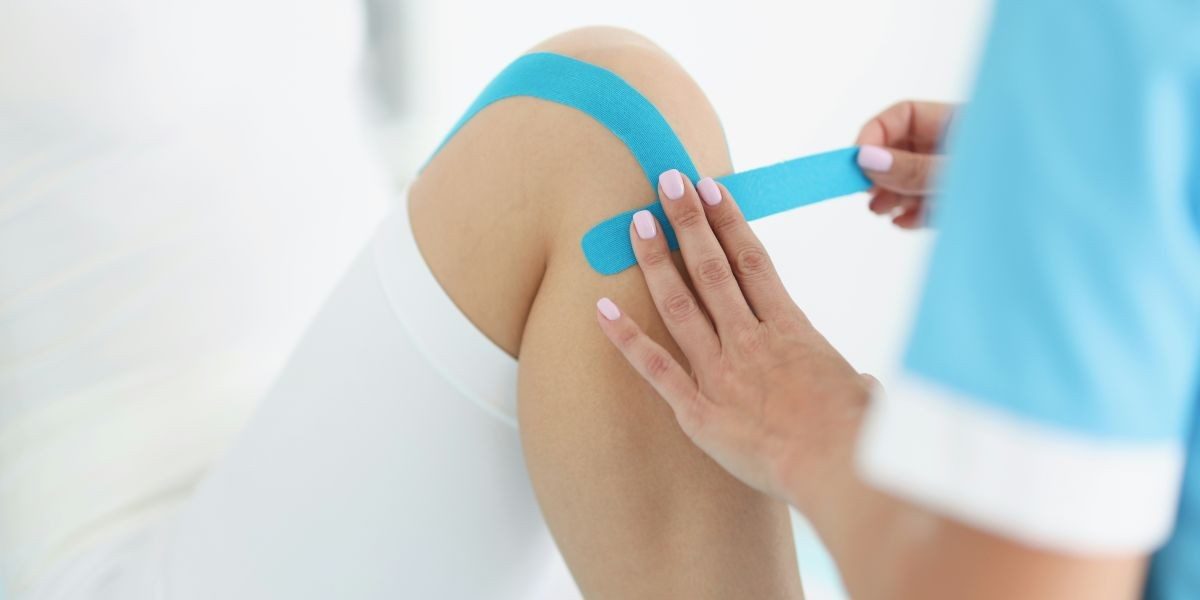Knee replacement surgery recovery involves managing pain, regaining mobility, and building strength through physical therapy. With proper wound care, a balanced diet, and gradual activity resumption, most individuals achieve full recovery within 12 months. Regular follow-ups and avoiding high-impact activities ensure long-term success.
Knee replacement surgery, also known as knee arthroplasty, is a common procedure designed to alleviate chronic pain, improve mobility, and enhance the overall quality of life for individuals suffering from severe knee joint damage. While the surgery itself is a significant step, understanding and navigating the recovery process is equally critical for achieving the best outcomes.
If you are planning or have undergone this procedure, this comprehensive guide will walk you through what to expect during recovery and how to ensure a smooth healing journey.
What is Knee Replacement Surgery?
Knee replacement surgery involves replacing damaged or worn-out cartilage and bone in the knee joint with artificial implants. This surgery is typically recommended for individuals with conditions like osteoarthritis, rheumatoid arthritis, or traumatic injury to the knee.
The Stages of Recovery After Knee Replacement Surgery
1. Immediate Post-Surgery Phase (Days 1–7)
In the first week after surgery, the focus is on managing pain, minimising swelling, and preventing complications. Here’s what to expect:
- Hospital Stay: You will typically stay in the hospital for 2–4 days, depending on your progress. During this time, the healthcare team will monitor your vitals and manage pain.
- Physical Therapy Begins: A physiotherapist will guide you through gentle movements to prevent stiffness and improve blood circulation.
2. Early Recovery Phase (Weeks 2–6)
The initial weeks post-surgery are critical for regaining mobility and strength.
- Physical Therapy Exercises: Regular sessions focus on improving flexibility, strength, and range of motion.
- Home Adjustments: Your home may need modifications like grab bars, elevated toilet seats, or a walker to ensure safety.
- Follow-Up Appointments: Regular check-ups with your surgeon, such as a highly regarded orthopaedic doctor in Delhi, ensure your recovery is on track.
3. Intermediate Recovery Phase (Weeks 6–12)
During this stage, you should notice a significant improvement in mobility and reduced pain.
- Increasing Activity Levels: You can gradually resume daily activities like walking longer distances, light housework, or driving (upon approval).
- Focus on Strength Building: Targeted exercises help rebuild muscle strength around the knee.
4. Long-Term Recovery Phase (Months 3–12)
The recovery process varies for everyone, but most individuals achieve full recovery within 12 months.
- Return to Routine Activities: By this phase, you can engage in moderate activities like swimming or cycling.
- Monitor for Any Issues: Persistent swelling, pain, or stiffness should be discussed with your surgeon, such as Dr. Manoj Sharma, to rule out complications.
Tips for a Smooth Recovery
1. Stick to Your Physical Therapy Plan
Physical therapy plays a crucial role in regaining mobility and strength. Follow your therapist’s instructions diligently to maximise results.
2. Maintain a Balanced Diet
A nutrient-rich diet promotes faster healing. Focus on foods high in protein, vitamins, and minerals to support tissue repair and bone health.
3. Keep Your Incision Site Clean
Proper wound care reduces the risk of infection. Ensure you follow your doctor’s instructions on cleaning and dressing the incision site.
4. Manage Pain Effectively
Use prescribed pain medications and apply ice packs to reduce swelling and discomfort.
5. Avoid High-Impact Activities
Steer clear of activities that place undue stress on your knee, such as running or jumping, until fully healed.
Benefits of Consulting the Right Specialist
Choosing a skilled and experienced surgeon, such as an expert orthopaedic doctor in Delhi, is vital for successful outcomes. Specialists like Dr. Manoj Sharma not only ensure precise surgical techniques but also provide personalised guidance throughout your recovery journey.
How to Recognise Complications During Recovery?
While most individuals recover without significant issues, it’s essential to be aware of potential complications, including:
- Infection: Symptoms include redness, warmth, and discharge at the incision site.
- Blood Clots: Swelling or tenderness in the leg could indicate Deep Vein Thrombosis (DVT).
- Implant Loosening or Misalignment: Persistent pain or instability in the knee may signal an issue.
If you notice any of these signs, consult your surgeon immediately.
Life After Knee Replacement Surgery
Post-recovery, many individuals enjoy a significant improvement in their quality of life. Activities that were once painful or impossible become manageable, and the overall sense of well-being improves.
To help with long-term success:
- Maintain a healthy weight to reduce stress on the joints.
- Engage in low-impact exercises to keep the knee strong and flexible.
- Schedule regular follow-ups with experts like Dr. Manoj Sharma to monitor the condition of your implant.
Summary
Recovering from knee replacement surgery is a journey that requires patience, commitment, and proper guidance. By following your surgeon’s advice, staying active with physical therapy, and maintaining a healthy lifestyle, you can enjoy a pain-free and active life. For better post-surgery nutrition and digestive health, consider speaking with an experienced gastroenterologist in Pune as part of your recovery plan.
For personalised care and expert advice, consulting professionals like an orthopaedic doctor in Delhi, including Dr. Manoj Sharma, can make all the difference in your recovery and long-term health.
Disclaimer: The information provided in this article is for general informational purposes only and should not be considered medical advice. Please consult a healthcare professional for personalized advice, diagnosis, and treatment options. Always seek the guidance of a medical professional for any concerns regarding your health.
Published by Joseph T.

















